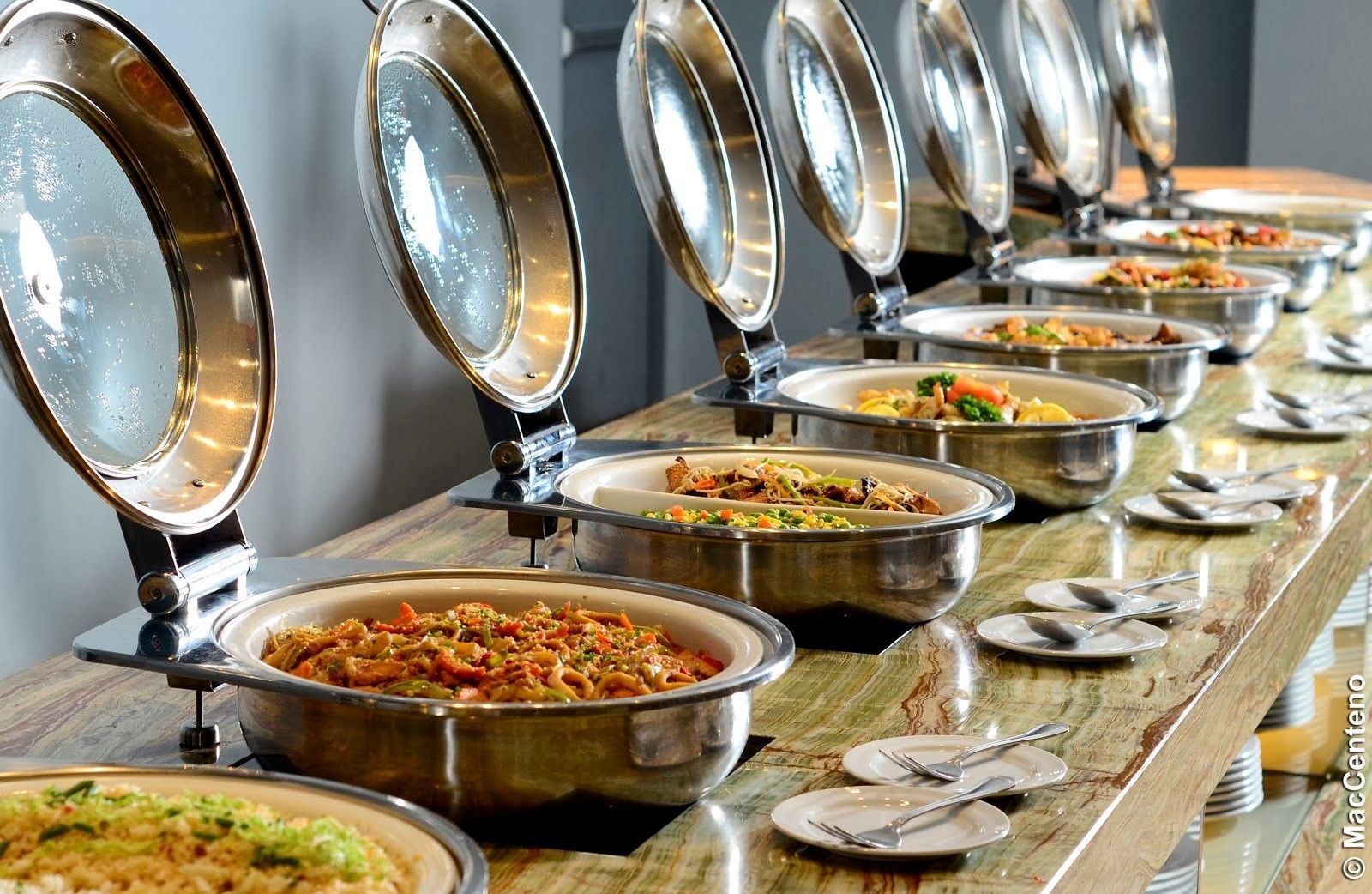Protecting the Home from a New Puppy

Getting a new puppy is incredibly exciting for the whole family. This new family member will be around for a very long time, giving children a loving companion and the family a loyal guardian. However, the puppy stage can be very difficult and challenging to navigate through with house training and destructive chewing. Protecting the home is crucial during the puppy’s first 18 months.
Purchasing Toys for Destructive Chewing
Toys are the best way to deter puppies from chewing on furniture, clothing, and even walls or baseboards. Anxious puppies tend to chew even more, making them more prone to destructive behavior. By offering the puppy several toys to choose from at a young age, he or she will learn that the toys are made for chewing. Always correct and redirect destructive chewing to toys; this will help the puppy to leave the home and everything within it alone.
Protecting Flooring from Accidents
The house training process can be very messy, as puppies can only hold their bladders and bowels for short periods of time. Keep lots of t shirt rags on hand to clean up accidents, and purchase a separate laundry basket to store dirty rags in for laundering. This is a cheaper alternative to paper towels and puppy pads, and this process doesn’t positively reinforce indoor elimination in the way that puppy pads will.
Giving the Puppy a Crate and a Safe Place
Crate training is very common for dogs, especially during the night hours or while owners are not home. The crate should be the puppy’s safe zone, where he or she goes to sleep and seek comfort; much like a wild dog’s natural den. The safe place should be within a room where the puppy’s food and water is located. A good space might be the laundry room or bathroom. This gives the puppy plenty of space to play when it isn’t allowed free access to the entire home, preventing common issues such as dumped trash cans or shoe chewing.
Raising a puppy requires a lot of work and dedication. Protecting the home efficiently will reduce damages during the puppy’s first 18 months.



